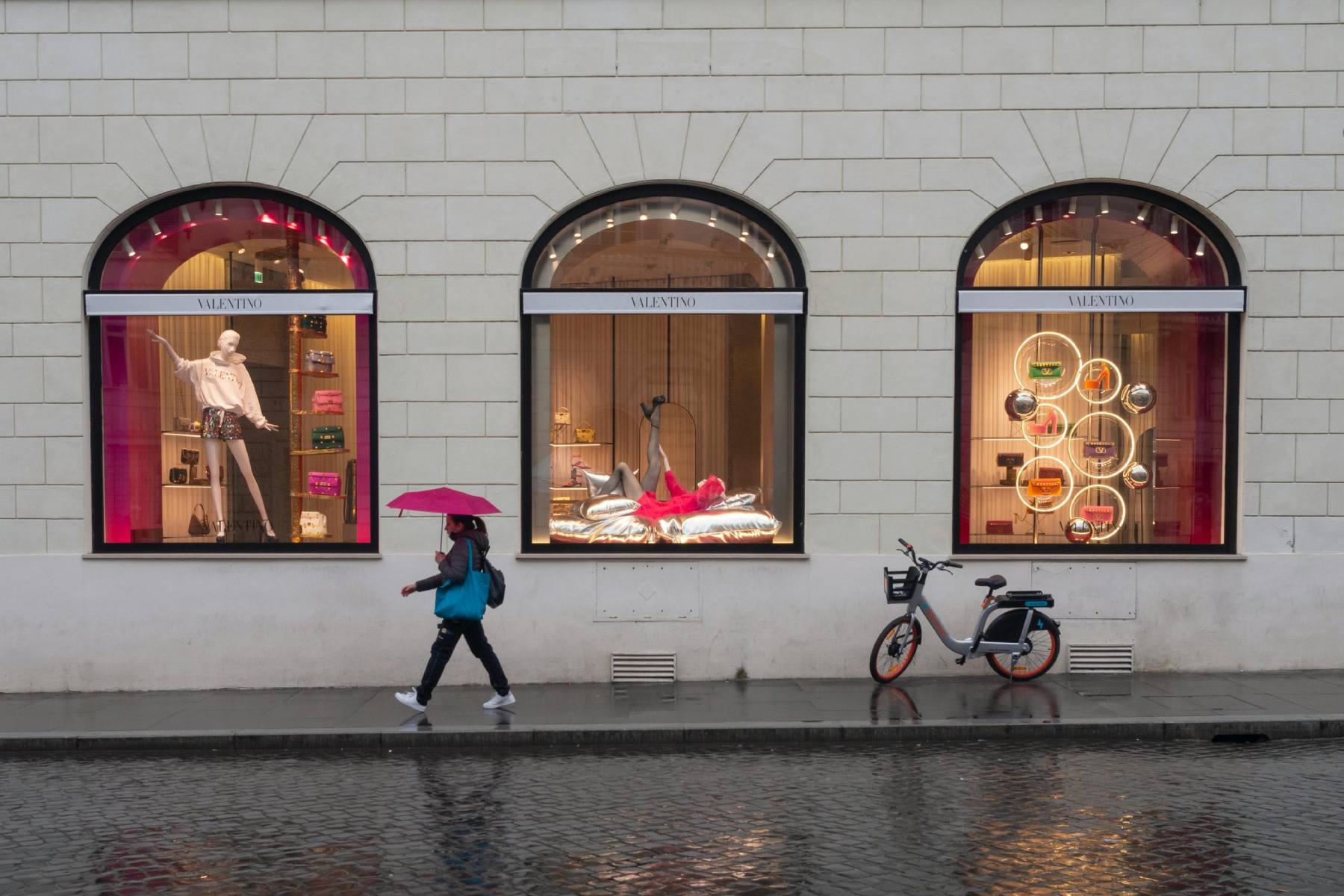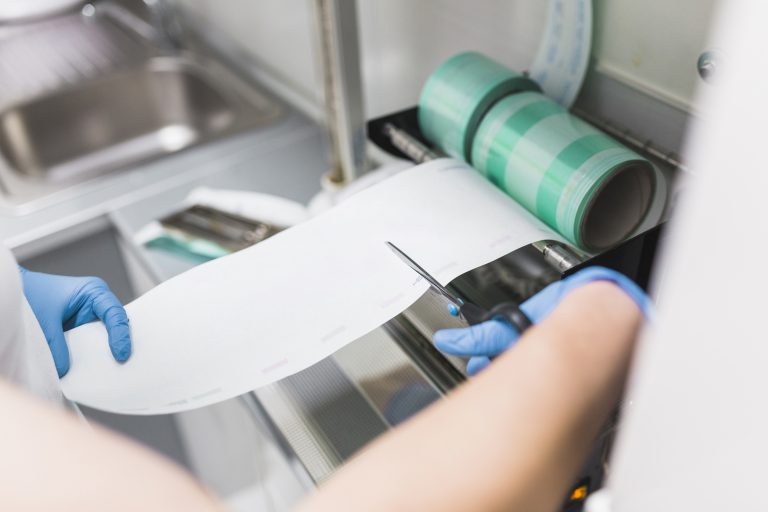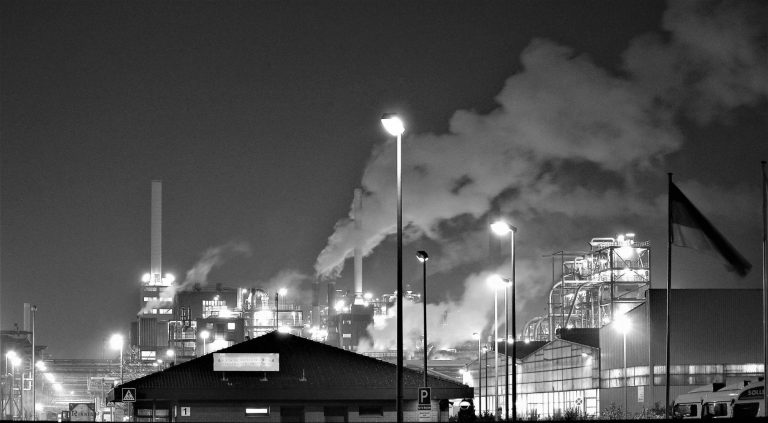The standards for “Made in Italy fashion” are going through a major change. Italian authorities now enforce tougher supply chain rules. These new regulations set strict requirements for brands that want to use the prestigious Italian manufacturing label. The rules affect both local producers and international luxury brands that operate in Italy.
Government officials and industry leaders in Milan have signed a supply chain agreement. The memorandum tackles labor exploitation and tax evasion across production networks. Brands must now get a transparency certificate that creates a digital system to track every manufacturing step. This is the first detailed plan to verify whether luxury labels actually deliver on their ethical promises.
These rules are changing how the Italian fashion industry thinks about ethics. Companies must now be transparent instead of just making voluntary commitments to social responsibility. The biggest problem lies in making everything work, especially when smaller manufacturers struggle with compliance costs and market pressure. This transparency model could spread across Italy and become a new standard for accountability in fashion’s typically secretive production world.
Italian Authorities Sign MoU to Curb Fashion Supply Chain Exploitation
Milan’s fashion district saw a groundbreaking agreement on May 26, 2024. Local authorities stepped up against systemic exploitation in supply chains. The “Memorandum of understanding for the legality of procurement contracts in the fashion production supply chains” brought a transformation toward accountability in Italian luxury manufacturing.
What Prompted the Milan Fashion Supply Chain Memorandum?
Milan’s Public Prosecutor’s Office investigations revealed disturbing practices across the region’s fashion workshops. The team found facilities near Milan where underpaid workers made luxury items under questionable conditions. A telling example showed a supplier who made a Dior-branded handbag for just €53, which later sold for about €2,700. This huge price gap pointed to possible exploitation within the supply chain.
Court papers described this as “a generalized and consolidated production system” of exploitation that affected many prestigious brands. These findings pushed legal authorities to take unprecedented steps against labor violations across the made in Italy fashion industry.
Who Are the Key Signatories of the Agreement?
The memorandum united several powerful stakeholders:
- Milan Prefecture (representing government authorities)
- Camera Nazionale Della Moda Italiana (Italy’s National Fashion Chamber)
- Confindustria Moda (representing Italian textile manufacturers)
- Milan’s Public Prosecutor’s Office
Luca Sburlati, president of Confindustria Moda, showed his support publicly. He said they were “ready to work together technically, to implement the protocol’s contents operationally.” The core team also helps define production standards to check if contracts and prices are fair.
How the MoU Addresses Labor and Tax Violations
A detailed digital database sits at the heart of this agreement to track brands’ suppliers and their workers. Brands must encourage their suppliers to share detailed information about their operations. Supply chain companies need to provide papers about:
- Tax compliance
- Social security contributions
- Labor law adherence
The memorandum creates guidelines to spot non-compliant entities, though it’s not legally binding. Companies that meet these transparency standards get a “Certificate of transparency in the fashion sector.” This certificate lasts six months and can be renewed. The Lombardy region offers money incentives to businesses that take part, which helps spread adoption across the industry.
Digital Platform Tracks Compliance Across Fashion Supply Chains
Milan’s landmark fashion industry agreement centers on a digital platform that revolutionizes supply chain monitoring. This system serves as the foundation to combat worker exploitation in made in Italy fashion production networks.
How the Milan Fashion Supply Chain Protocol Works
The Milan fashion supply chain protocol uses a complete digital database that tracks supplier networks for brands. Fashion houses can join the platform voluntarily and report their transparency regularly. The system creates documentation to verify legal compliance throughout manufacturing. Companies must update the platform every six months to keep their compliance status current as supplier relationships evolve.
What Data Must Suppliers and Brands Submit?
Supply chain companies need to provide three essential types of information:
- Tax compliance documentation
- Social security contribution records
- Labor law adherence verification
Fashion brands do not submit data directly but should encourage their suppliers to register on the platform. Brands can still work with suppliers who choose not to participate, though this might affect their certification status.
How the Platform Ensures Privacy and Data Protection
The system protects confidentiality and data security throughout all documentation processes. Strong privacy measures safeguard sensitive business information while making verification possible. This method matches other traceability tools gaining ground in Italy’s fashion sector. TWINSET’s partnership with TrusTrace—launched May 2024—shows a similar approach to mapping supply chains with robust data protection.
Role of the Transparency Certificate for Fashion Brands
Companies that participate receive the “Fashion Sector Transparency Certificate”—known as the “green badge”—which remains valid for six months and can be renewed. This certification shows their steadfast dedication to ethical production standards and qualifies them for Lombardy region financial incentives. The system also prepares manufacturers for European Digital Product Passport requirements, which become mandatory by 2030. These “digital twins” will track products throughout their lifecycles, making Milan’s current protocol an important step toward future compliance standards.
Industry Leaders Push for National Expansion of the Protocol
The Milan fashion supply chain protocol has generated excitement, but major industry groups criticize its limited reach. Leading voices in the made in Italy fashion world support expanding these transparency rules nationwide. The complex nature of fashion production crosses all borders and needs broader oversight.
Why Regional Scope Limits the Protocol’s Effectiveness
Limiting implementation to Lombardy creates major gaps in supply chain monitoring. Fashion production networks stretch beyond regional lines. Manufacturers often run operations in multiple Italian regions. Camera Nazionale della Moda Italiana (CNMI), which helped write the original memorandum, recognizes these shortcomings. CNMI’s official statement says, “A national law is needed… and it should introduce third-party certification of the production supply chain, granting a presumption of legality to certified companies based on independent criteria ensuring complete transparency.”
What Confindustria Moda and CNMI Just Need
These organizations have taken real steps toward nationwide implementation. Confindustria Moda’s president Luca Sburlati points out, “Although this agreement has been defined on a territorial basis, its national relevance is clear, both due to the nationwide representativeness of many of the signatory parties and the specific nature of fashion production supply chains, which surpass local, regional, and often even national boundaries.”
CNMI has presented seven formal proposals to the Budget Commission. These include supply chain control certification, better welfare benefits, and a special fund to promote Italian fashion values worldwide. The Rome Declaration, signed by Confindustria Moda and national trade unions, asks for support from both the Italian Government and European Union. This support aims to advance textile and clothing industries through better technology and regional growth.
Concerns from Small Manufacturers and Luxury Brands
The digital platform has raised worries about data protection and privacy. Small manufacturers fear exposing their unique techniques and sensitive business details. So, Sburlati noted that ease of use would determine how many companies adopt the platform. The technical setup must balance transparency needs with protecting companies’ intellectual property and competitive edge.
These concerns matter because Italy’s fashion sector includes 60,000 businesses that employ 600,000 workers. Revenue projections show the industry reaching €92 billion by 2025.
New Rules Set Global Benchmark for Fashion Transparency
Since 2024, the European Union has imposed five major changes in the fashion industry to combat greenwashing and promote a more transparent, sustainable, and safe supply chain for consumers:
- Mandatory demonstration of declared sustainability in the fashion industry
- Introduction of a mandatory digital product passport
- Mandatory use of recycled materials
- New mandatory information to be shared with consumers
- Destruction of returned or unsold products is prohibited
Italy wants to position itself as a global leader in ethical fashion production standards through Milan’s new protocol. This groundbreaking certification system creates a measure that could shape manufacturing practices way beyond the reach and influence of Italy’s borders.
How the Transparency Certificate Fashion Industry Model Works
The “Fashion Sector Transparency Certificate” (commonly referred to as the “green badge”) serves as the life-blood of Italy’s new compliance framework. Companies must show they follow tax regulations, labor standards, and supply chain documentation requirements to earn certification. Each certificate lasts six months and needs regular renewal to stay compliant. Lombardy region’s exclusive financial incentives motivate certified companies to participate.
TWINSET shows how these standards work in practice. Some companies are already starting a “Traceability program”: they map sub-suppliers, document core processes, and verify products throughout their manufacturing networks.
What This Means for European Regulations and DPP
The Italian certification model fits perfectly with upcoming European Union requirements, especially the Digital Product Passport (DPP) system that becomes mandatory for textile sales by 2030. These digital passports work like virtual product twins and track complete lifecycles with detailed sustainability metrics. Italian manufacturers now stand ready for future regulatory compliance.
Could This Reshape Luxury Fashion Supply Chain Transparency?
Italy’s model sets a new international standard where the industry traditionally resisted outside oversight. The country’s economic influence speaks volumes – Italian manufacturers produce about half the world’s luxury fashion items through 60,000 businesses that employ 600,000 workers.
Milan-originated standards could become the blueprint for other fashion capitals that want verifiable production practices. We have a long way to go, but we can build on this progress. Small manufacturers still worry about digital divide, and brands about data privacy as they are reluctant to share their suppliers’ base. Yet this framework takes a decisive step toward combining ethical manufacturing with the quality craftsmanship that makes made in Italy fashion famous worldwide.
Fashion Traceability: Impact Overview

Fashion Transparency: Italy Leads the Way
Recent sociological studies have shown that consumer purchasing decisions are influenced by a guarantee. The main guarantees identified can be classified as:
- Quality
- Origin
- Status
- Belonging
- Price
Price is the classic guarantee of imported products and large-scale retail trade; status and belonging are the guarantees of advertised brands; quality and origin are the guarantees of food categories DOC, DOP, IGT, IGP, and 100% of all the “Made in Italy” products.
Therefore, except in the case of certain niche markets, no product can therefore be considered for distribution without representing and carrying a guarantee.
The Italian fashion industry faces a turning point with new supply chain regulations. The Milan memorandum marks a first step towards a change from voluntary corporate responsibility to mandatory transparency across production networks. The digital tracking platform provides a tech solution to ethical issues that create accountability in previously unmonitored areas.
Italy wants to become a global leader in ethical fashion production through a transparency certificate system. Italian manufacturers are getting ahead of future regulations while creating verifiable production practices that could shape global manufacturing standards. The digital platform lines up perfectly with upcoming European Union rules, especially the Digital Product Passport system that becomes mandatory by 2030.
Since Italy makes about half the world’s luxury fashion items through 60,000 businesses that employ 600,000 workers, this economic power means Milan’s transparency standards could become the blueprint for other fashion capitals worldwide.
Fashion houses now need to prove they follow tax regulations, labor standards, and documentation requirements to get certified. This system tackles the issues that Milan’s Public Prosecutor’s Office found about underpaid workers and poor conditions.
Good intentions aside, putting these changes into practice isn’t easy. Small manufacturers struggle to balance compliance costs against staying competitive. The protocol only covers Lombardy, which leaves major gaps in supply chain oversight since fashion production often happens beyond regional borders. Camera Nazionale della Moda Italiana and Confindustria Moda are promoting nationwide expansion to address this issue.
We have a long way to go with data privacy and implementation, but this framework is without doubt a crucial first step toward combining ethical manufacturing with Italy’s worldwide celebrated craftsmanship.
Read more: Italian AI System Spots Fake Mozzarella, Fights Food Counterfeiting






